The world of video game consoles has seen remarkable transformation since the release of the Atari 2600 in 1977. What began as a simple machine for playing a handful of games has evolved into a sophisticated industry driving technological advancements and cultural phenomena. In this blog post, we’ll explore the journey of video game consoles, tracing their development from the humble Atari 2600 to today’s powerful gaming systems.
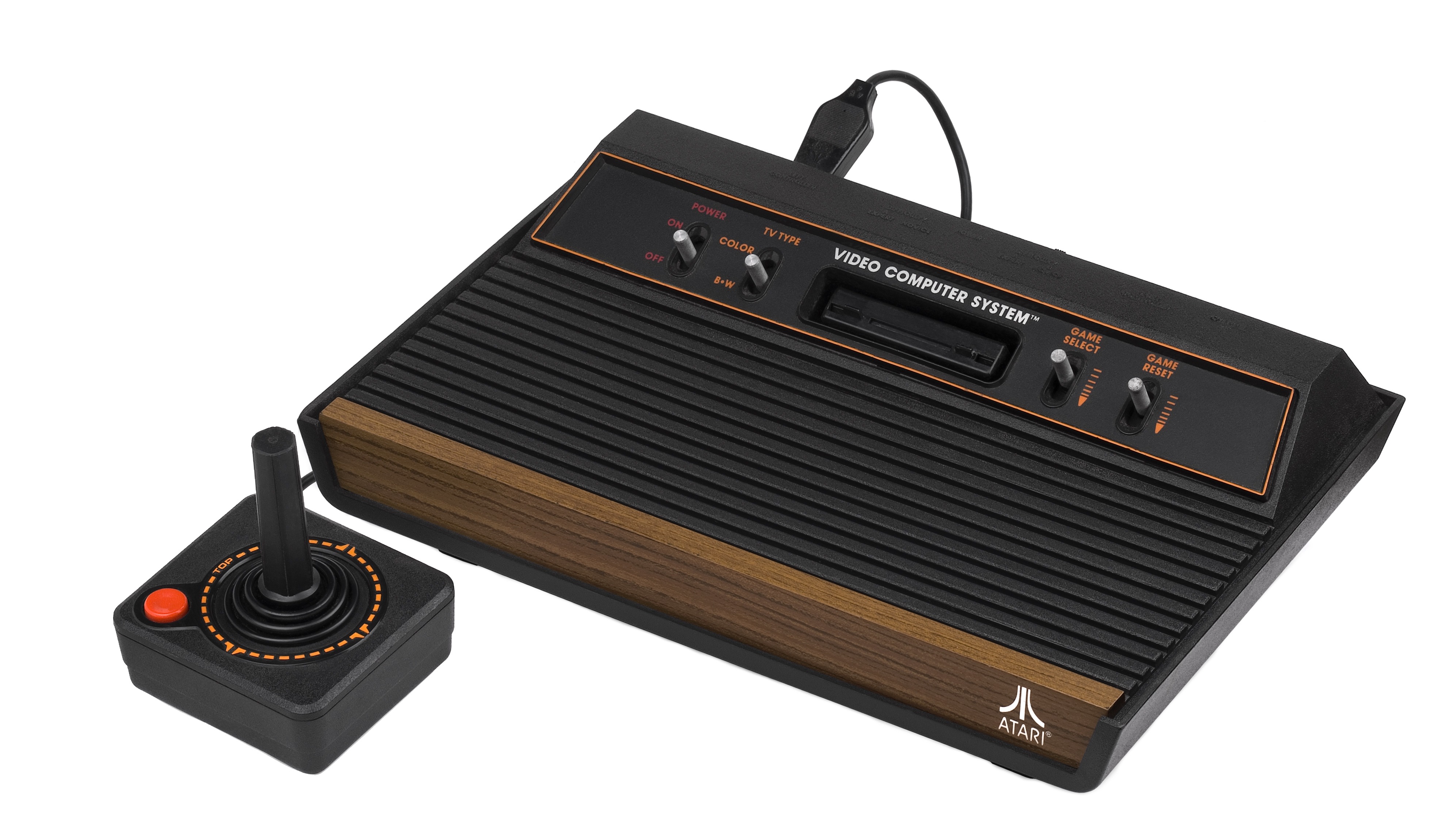
The Birth of Home Gaming: Atari 2600
The Atari 2600, released in 1977, marked a groundbreaking shift in home entertainment. This console, initially known as the Atari Video Computer System (Atari VCS), introduced the concept of interchangeable cartridges, allowing players to enjoy a variety of games on a single system. With its joystick controller and iconic games like “Pong” and “Space Invaders,” the Atari 2600 brought arcade experiences into the living room, paving the way for the home gaming revolution.
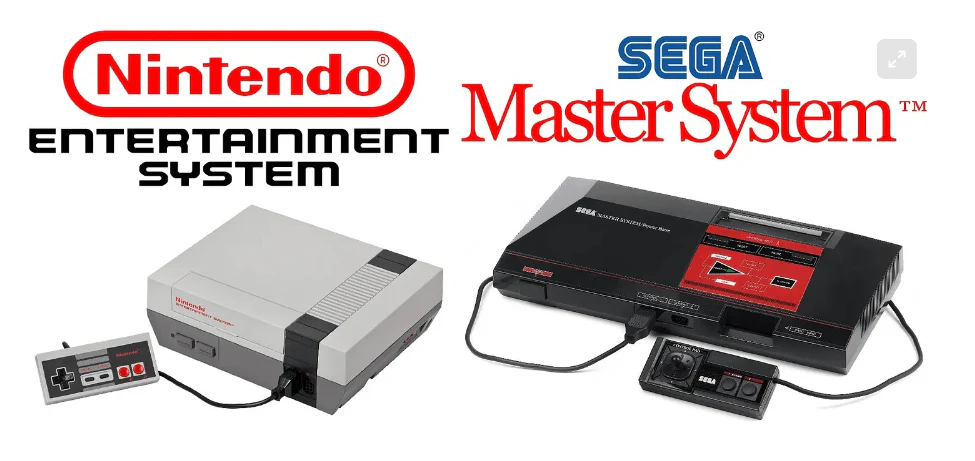
The Rise of 8-Bit Gaming: NES and Sega Master System
The early 1980s witnessed the advent of 8-bit consoles, with Nintendo’s NES (Nintendo Entertainment System) leading the charge. Released in 1985, the NES revitalized the video game market after the crash of 1983 and introduced enduring classics such as “Super Mario Bros.” and “The Legend of Zelda.” Its success was matched by Sega’s Master System, which competed fiercely but ultimately fell behind in the North American market. The NES’s innovation lay in its improved graphics and sound capabilities, setting new standards for the gaming industry.
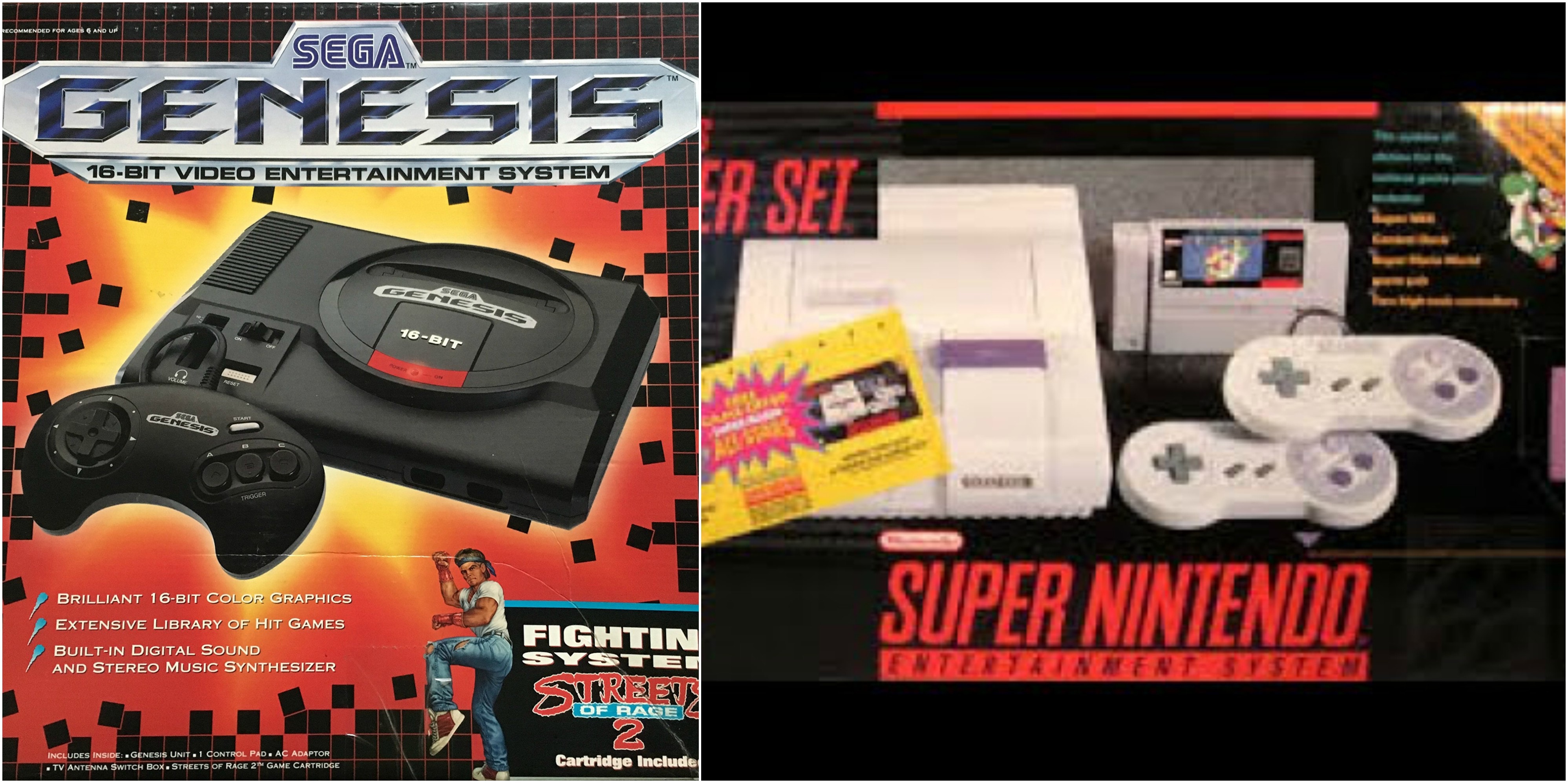
The 16-Bit Era: Super Nintendo and Sega Genesis
The late 1980s and early 1990s ushered in the 16-bit era, dominated by the Super Nintendo Entertainment System (SNES) and the Sega Genesis. These consoles represented a significant leap in technological capability, offering richer graphics, more complex gameplay, and an expanding library of titles. The rivalry between Nintendo and Sega fueled innovation and creativity, leading to memorable games like “Super Mario World” and “Sonic the Hedgehog.” This period also saw the introduction of advanced audio features and the beginning of the “console war” that would continue for decades.
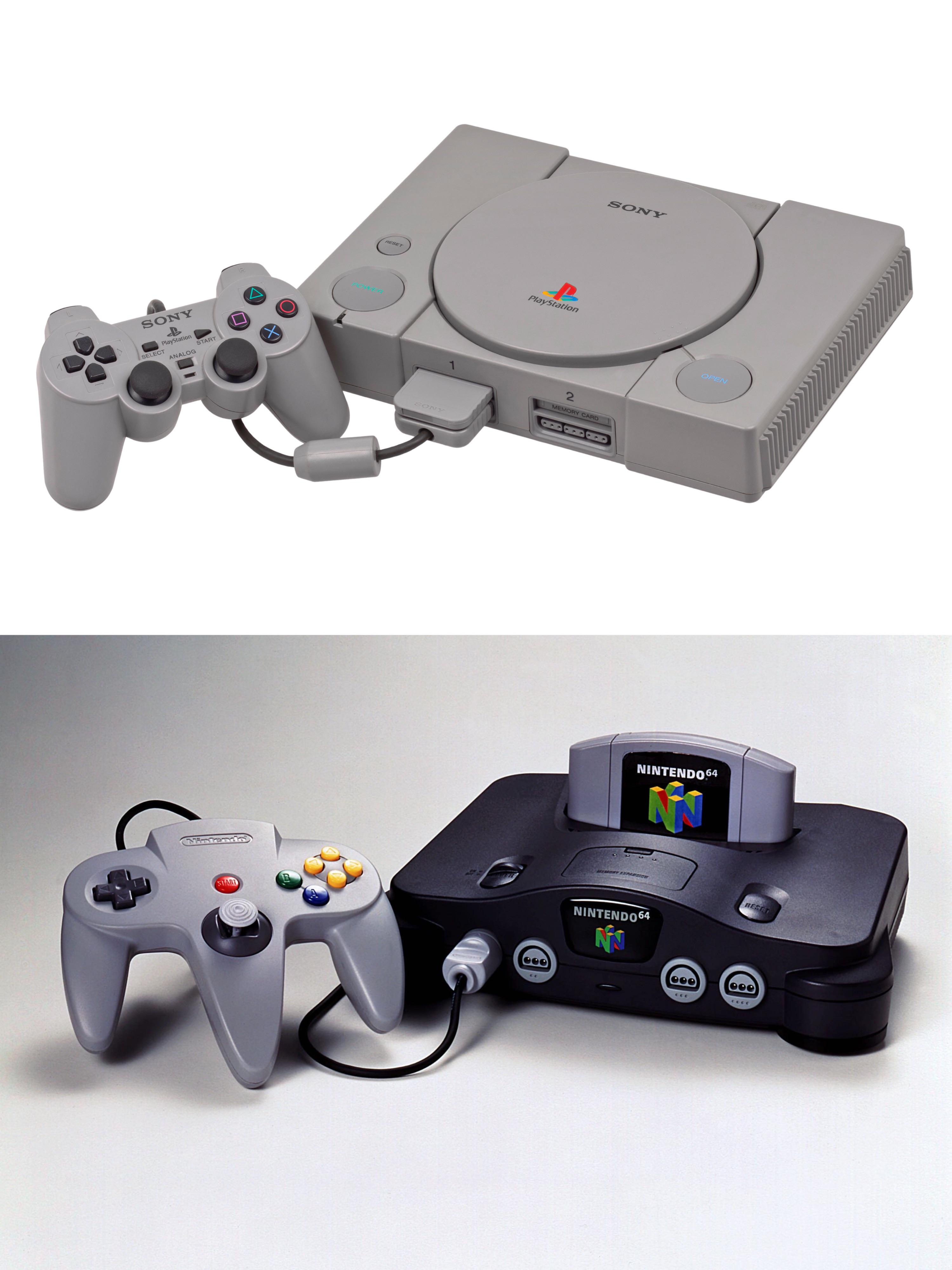
Entering the 3D Realm: Sony PlayStation and Nintendo 64
The mid-1990s brought a seismic shift with the arrival of 3D graphics. Sony’s PlayStation, released in 1994, and Nintendo’s N64, released in 1996, ushered in a new era of gaming. The PlayStation’s CD-based format allowed for larger games with higher-quality audio and more expansive worlds, while the N64’s cartridge system enabled faster loading times and innovative gameplay experiences, exemplified by games like “Super Mario 64” and “The Legend of Zelda: Ocarina of Time.” The 3D revolution redefined gaming experiences, emphasizing exploration and immersion.

The Era of Online Play: Xbox and PlayStation 2
The early 2000s introduced consoles with online connectivity, transforming how players interacted with games. Microsoft’s Xbox, released in 2001, was a pioneer in this field, featuring Xbox Live, a subscription-based online service that allowed players to compete and cooperate across the globe. Meanwhile, Sony’s PlayStation 2, launched in 2000, became the best-selling console of its generation with a vast library of games and the ability to play DVDs, further integrating gaming into everyday entertainment.

The High-Definition Revolution: Xbox 360 and PlayStation 3
As the new millennium progressed, high-definition graphics became a focal point with the release of the Xbox 360 and PlayStation 3 in the mid-2000s. These consoles introduced HD visuals, expansive online capabilities, and multimedia functionalities. The Xbox 360’s integration with Xbox Live and the PlayStation 3’s Blu-ray player were pivotal in setting the standards for modern gaming. The advancements in graphics and processing power allowed for more detailed and realistic game worlds, enhancing player immersion.
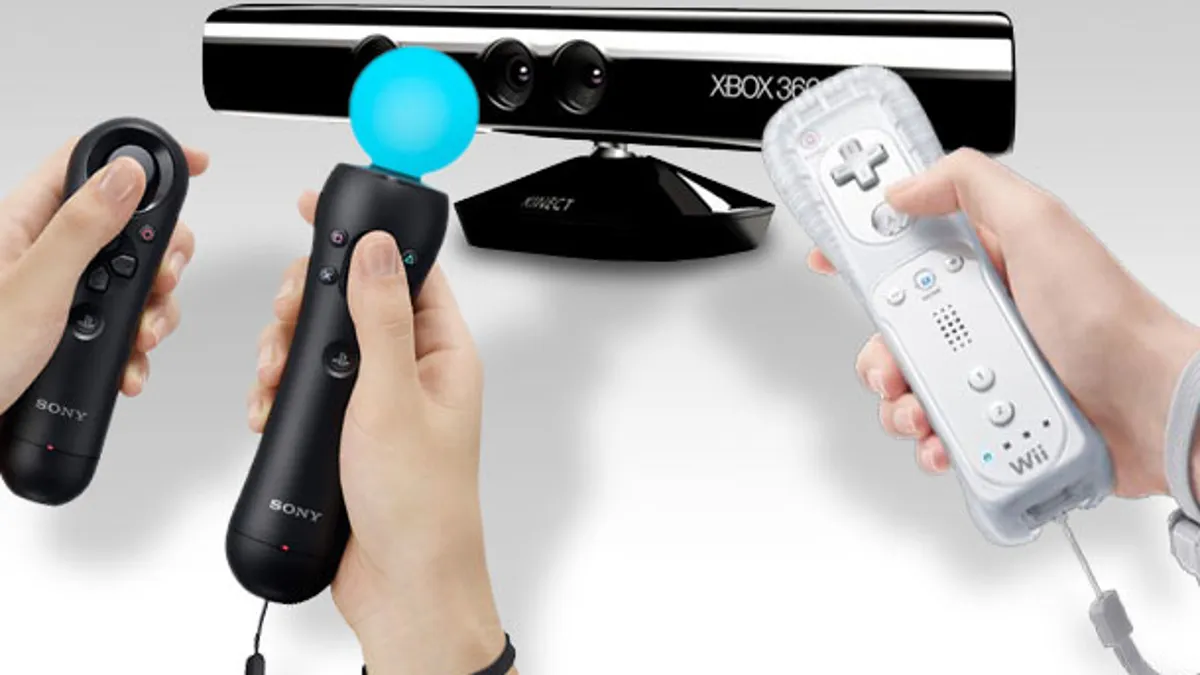
The Emergence of Motion Controls: Wii and Kinect
In 2006, Nintendo’s Wii brought motion controls into the mainstream with its innovative Wii Remote, allowing players to physically interact with games. This approach attracted a broader audience and emphasized physical activity in gaming. Microsoft’s Kinect, released for the Xbox 360 in 2010, followed suit by offering a controller-free experience using motion sensing and voice commands. These innovations highlighted a shift towards more interactive and engaging gaming experiences.
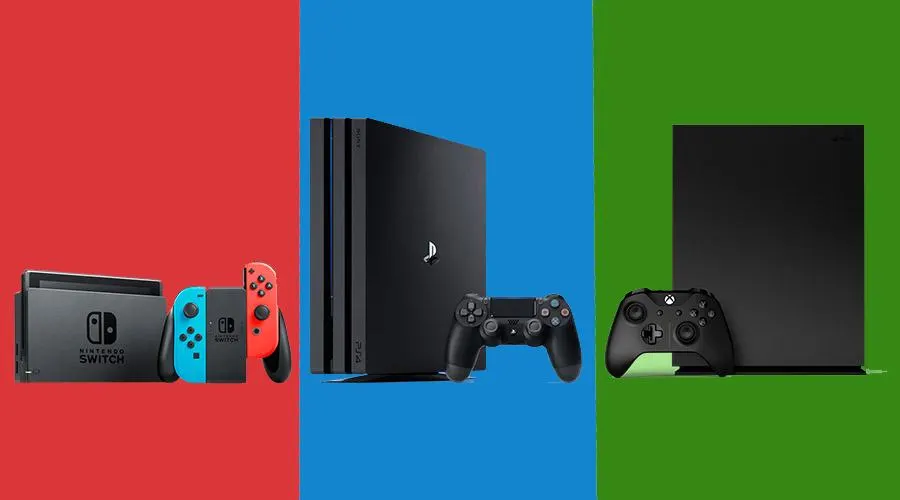
The Modern Era: PlayStation 4, Xbox One, and Nintendo Switch
The 2010s saw the introduction of the PlayStation 4, Xbox One, and Nintendo Switch, each bringing its unique strengths to the table. The PlayStation 4 and Xbox One offered powerful hardware, improved graphics, and robust online features, while the Nintendo Switch, released in 2017, revolutionized portability with its hybrid design, allowing gamers to switch seamlessly between home and portable gaming. These consoles continued to push the boundaries of gaming with rich, detailed worlds and expansive online communities.

The Cutting-Edge Future: PlayStation 5, Xbox Series X/S, and Beyond
The most recent generation of consoles, including the PlayStation 5 and Xbox Series X/S, represents the pinnacle of current technology. These systems boast impressive specifications, such as ultra-fast SSDs for quick load times, ray tracing for realistic lighting effects, and advanced controllers with haptic feedback and adaptive triggers. The focus is now on creating more immersive and lifelike experiences, with support for 4K resolution, high frame rates, and virtual reality integration.

Conclusion: The Continual Evolution
The evolution of video game consoles is a testament to the relentless drive for innovation within the gaming industry. From the simplistic graphics of the Atari 2600 to the cutting-edge technology of today’s consoles, each generation has brought significant advancements, shaping how we play and experience games. As technology continues to advance, we can only imagine what the next generation of consoles will bring, promising even more immersive and engaging gaming experiences. Whether you’re a nostalgic gamer or a tech enthusiast, the history of video game consoles offers a fascinating glimpse into how this beloved entertainment medium has evolved over the decades.
By understanding this evolution, gamers and enthusiasts can appreciate the technological milestones that have shaped the industry and continue to drive its future.
Feel free to leave your thoughts and comments, we love to hear from you!
